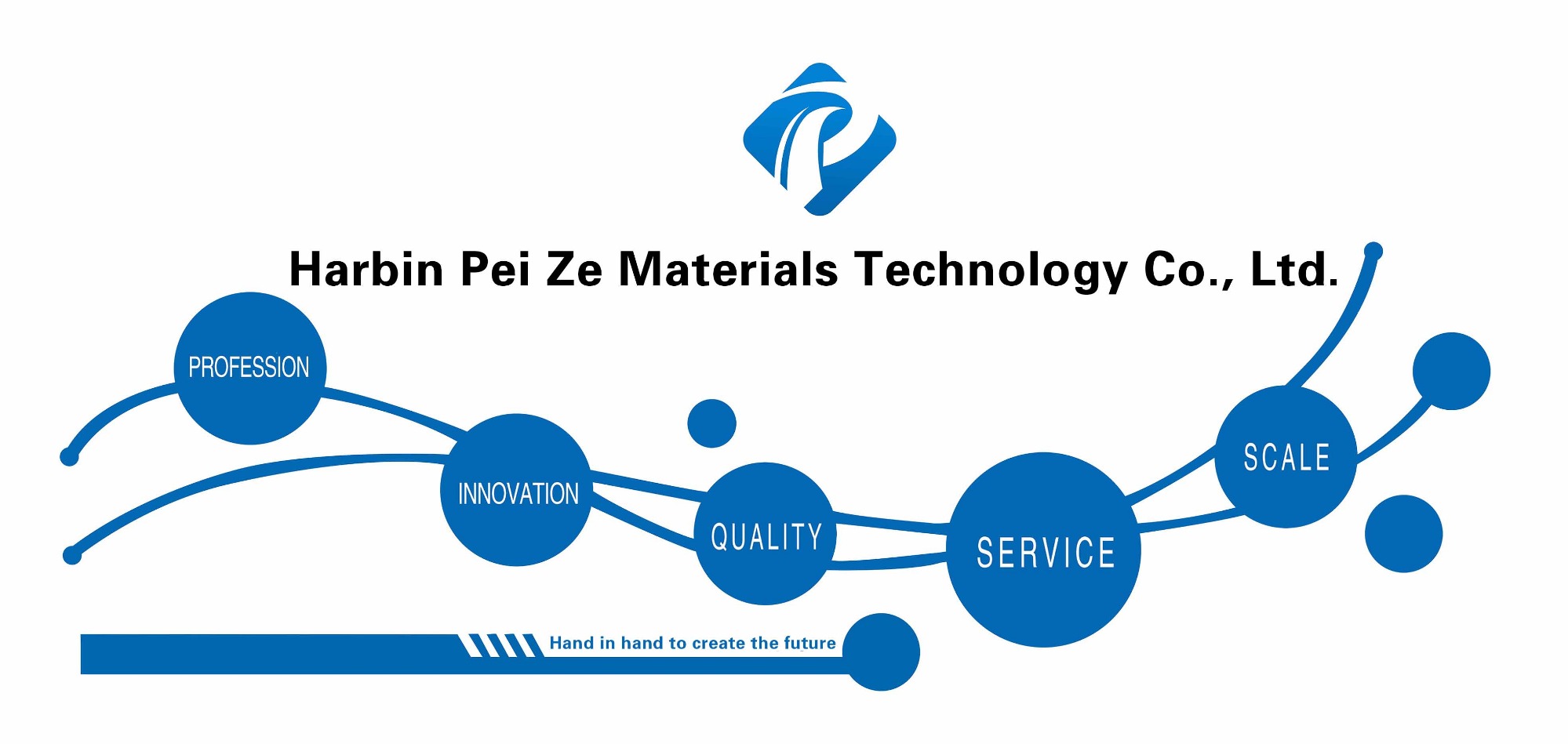Thermal spray alloy parts
Thermal spray alloy, Cr3C2 reinforced composite material coating is mainly used for high temperature wear and corrosion resistance parts, such as turbine blades, nozzles, valves, partitions, thermal power station boilers, bearing surface hardening, etc. Both Cr3C2 and WC are hard phases in the composite powder, and the selection is based on the working environment and temperature. Although WC is harder than Cr3C2, Cr3C2 is more stable than WC at high temperatures, and the thermal expansion coefficient of Cr3C2 is very close to that of Fe and Ni. Therefore, Cr3C2 series coatings are very suitable for surface thermal spraying of Fe-based and Ni-based superalloys.
What powder is used for thermal spraying alloy
Thermal spraying alloy powders include nickel-based, iron-based and cobalt-based alloy powders, which are used for the repair and protection of mechanical parts according to different coating hardness. It is the general term for pottery and porcelain. Ceramic materials are mostly oxides, nitrides, borides and carbides. Common ceramic materials include clay, alumina, and kaolin.
Ceramic materials generally have higher hardness but poor plasticity. In addition to the use of food utensils and decorations, it also plays an important role in the development of science and technology. The ceramic raw materials are made by quenching a large amount of earth's original resource clay.
Advantages of thermal spray process
Thermal spraying is a kind of surface strengthening technology, and it has always been a new technology project to be promoted in my country. It uses electric arc, plasma arc, gas-oxygen and other forms of heat sources to heat metal or non-metal materials to a molten or semi-melted state, and atomize them into fine droplets or high-temperature particles under the action of high-speed airflow. The flying speed is sprayed to the surface of the processed workpiece to form a firm covering layer, so that the surface of the workpiece can obtain different hardness, wear resistance, corrosion resistance, heat resistance, oxidation resistance, heat insulation, insulation, conductivity, sealing, disinfection, and anti-microwave Radiation and various other special physical and chemical properties. It can be used to repair the old and waste in equipment maintenance, so that the scrapped parts can be "resurrected"; it can also be strengthened and pre-protected in the manufacture of new products to make it "longevity".
